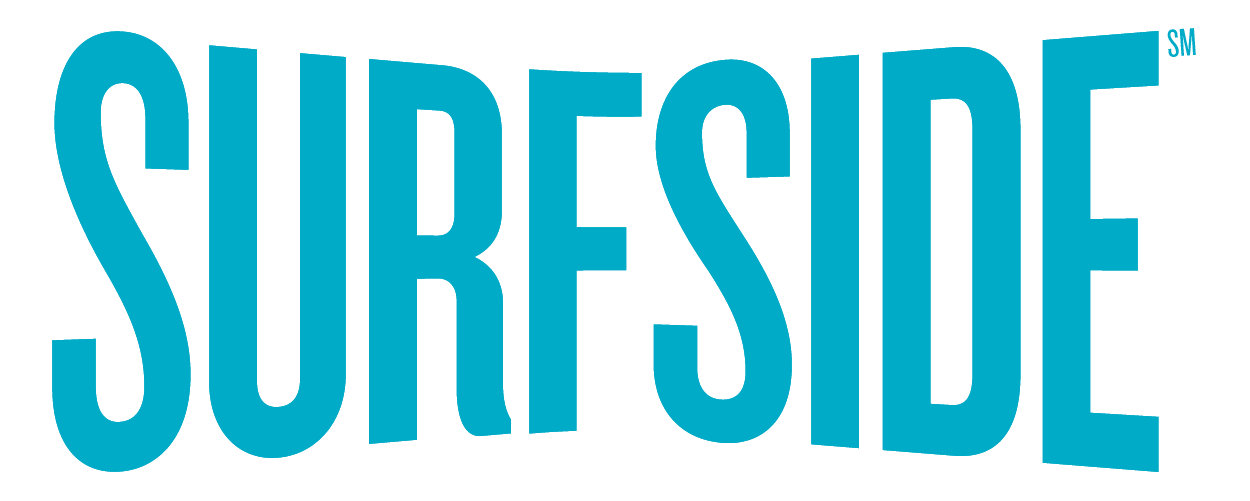Teaching Kids to Brush and Floss
Proper brushing and flossing should be taught early and practiced often.
To help your children master proper dental hygiene habits that will be carried through to their adulthood, it’s best to patiently walk them through the actual motions repeatedly until you are confident that they can perform these on their own.
That means that as early as possible, they need to know that brushing and flossing should be done every single day and that there are correct ways of performing these tasks.
It’s not enough to just brush and floss your child’s teeth a few times and then expect to see them doing the same things on their own after a few days. It’s also not advisable to simply let them watch you brush and floss your own teeth, and hope that they’ll remember what to do when they’re alone.
The key is to help the child with brushing and flossing every day as soon as they can do so, explaining how the tasks are done, and demonstrating how you would do these on actual teeth — yours and the child’s — so he can fully understand how to do these properly.
Important guidelines for teaching kids to brush and floss:
- While your child is still an infant, all you need to do is clean his mouth after every feeding with a clean wet cloth or wet gauze; a xylitol wipe can also be used.
- As soon as your child’s first tooth erupts, brushing can begin. Always choose an age-appropriate, soft-bristled brush for small children.
- There is a correct way to brush teeth. First, angle the toothbrush 45 degrees toward the gums of the upper and lower teeth. The toothbrush should then be gently moved in a back and forth motion along the teeth and gums, using short strokes. Be sure to do this on every tooth’s interior and exterior surfaces. To clean behind the front top and bottom teeth, the brush should be held upright. Remember to brush the tongue as well to remove bacteria from its surface.
- As for flossing, kids can get started when the tooth surfaces are next to each other.
- Flossing should be done at least once a day.
- Teach your child to get a length of floss and hold it between the thumb and index finger (wrapping the floss around one finger at each end helps for a better grip).
- The floss should then be held in a C-shaped curve around each tooth. Slide it gently up and down along the side of the tooth and under the gumline to loosen any food particles lodged in these areas.
- Remember to use a new section of the floss for each tooth so that the removed food and plaque won’t be reinserted between the teeth.
If you have any questions or would like to schedule a visit, please contact us here.




